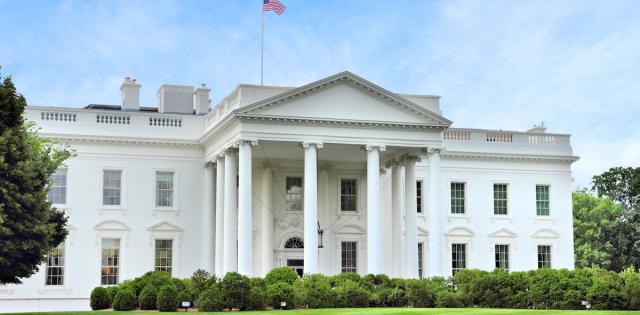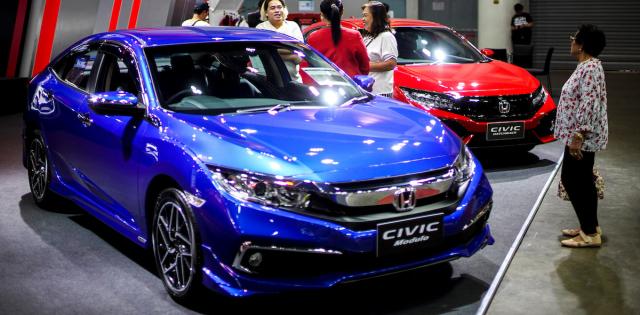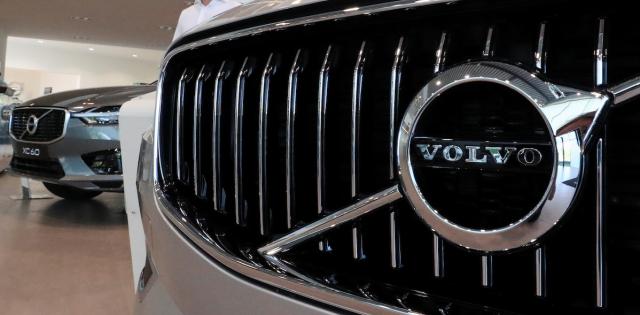General Motors Co and travel operator Pilot said Thursday they will develop a national network of 2,000 electric vehicle charging stalls at travel centers to make it easier to recharge near highways.
The companies said the stations will be co-branded "Pilot Flying J" and "Ultium Charge 360", powered by EVgo and open to all EV brands at up to 500 Pilot and Flying J travel centers. The companies did not disclose the financial investment.
"GM and Pilot Company designed this program to combine private investments alongside intended government grant and utility programs to help reduce range anxiety and significantly close the gap in long-distance EV charger demand," said Pilot Company Chief Executive Officer Shameek Konar.
Last month, the U.S. Transportation Department (USDOT) on Thursday proposed minimum standards and requirements for EV charging projects funded under a $5 billion government program to states.
The Biden administration says states should prioritize investments along interstate highway, install EV charging infrastructure every 50 miles along interstate highways and be located within 1 mile of highways.
GM and Pilot said the program is targeting installation of charging stalls at 50-mile intervals. It is part of its GM's previously announced nearly $750 million investment in EV charging infrastructure.
GM CEO Mary Barra said "the right charging infrastructure is in place is a key piece" of an all-electric U.S. auto fleet. The automaker plans eliminate tailpipe emissions from new vehicles by 2035.
GM said earlier it is collaborating with EVgo to build a network of 3,250 charging stalls in major metro areas by 2025. Pilot recently announced plans to invest $1 billion to upgrade its travel centers.
By 2030, President Joe Biden wants 50% of all new vehicles sold to be electric or plug-in hybrid electric models and 500,000 new EV charging stations; he has not endorsed phasing out new gasoline-powered vehicle sales by 2030.
The views and opinions expressed in this story are those of the authors and do not necessarily reflect the official policy or position of NADA.












